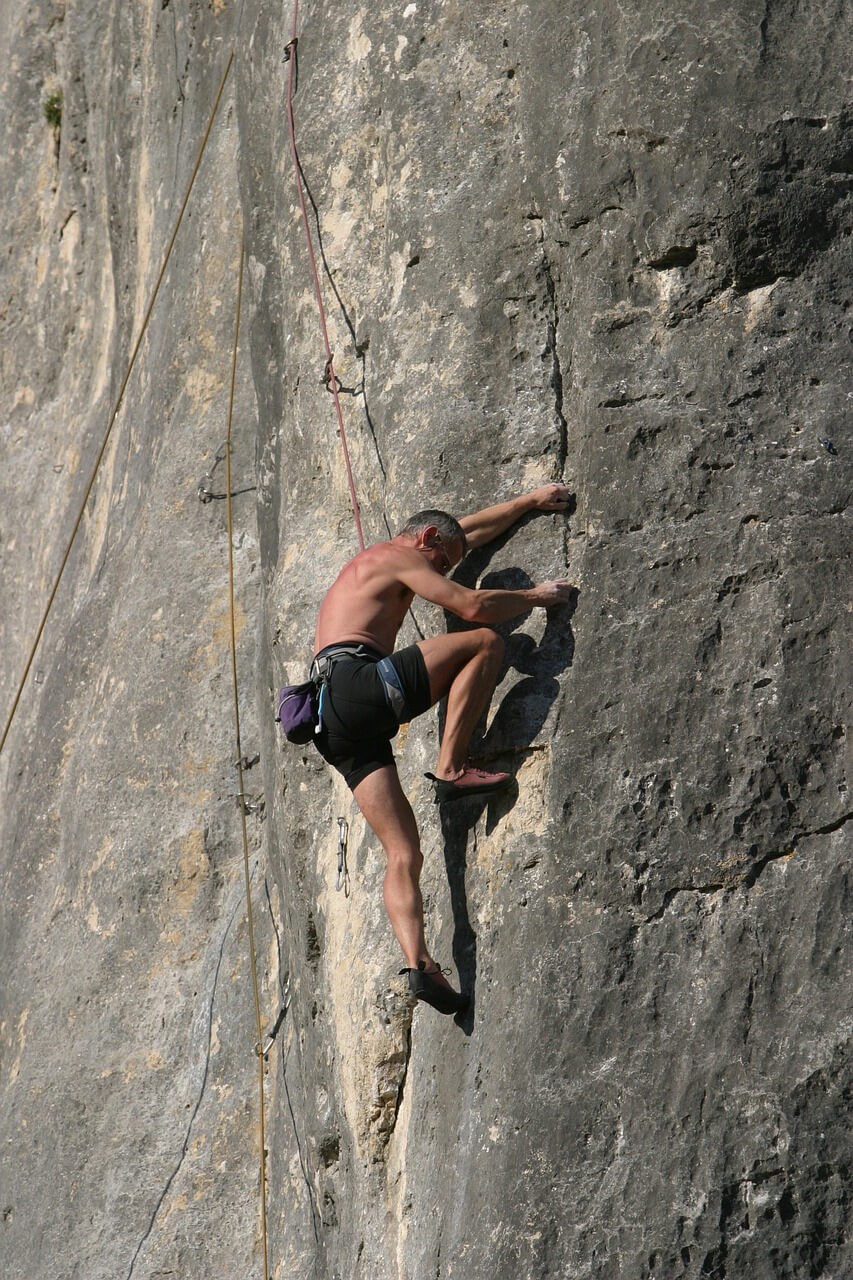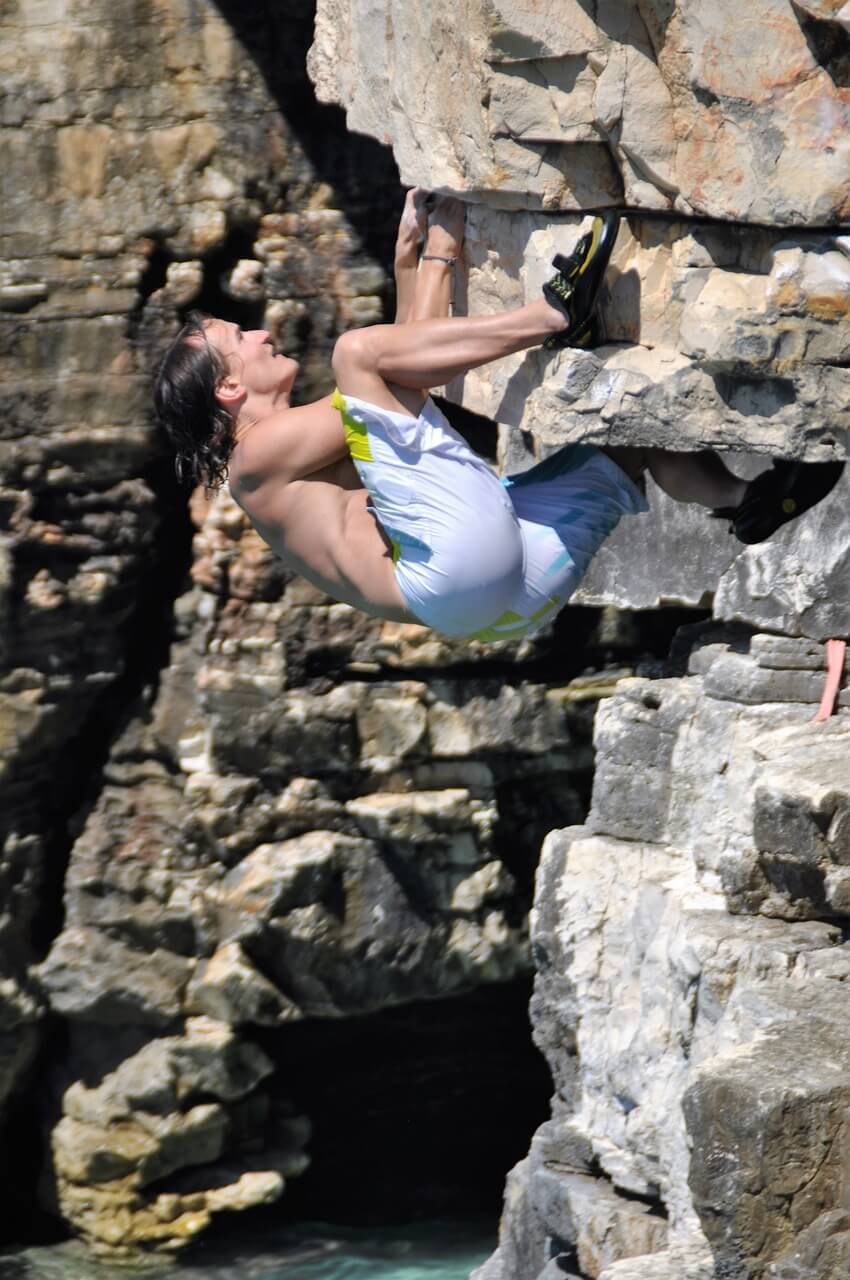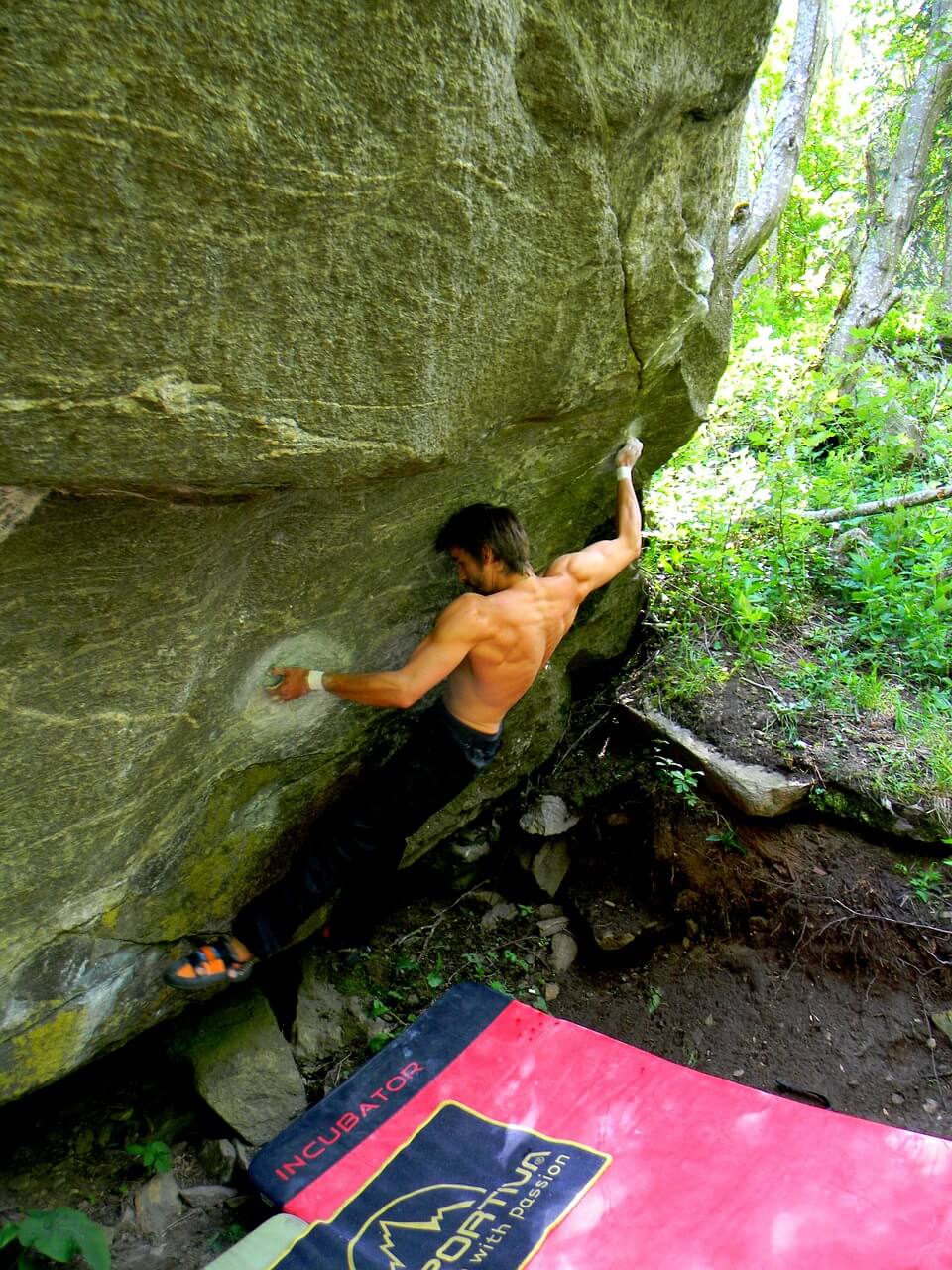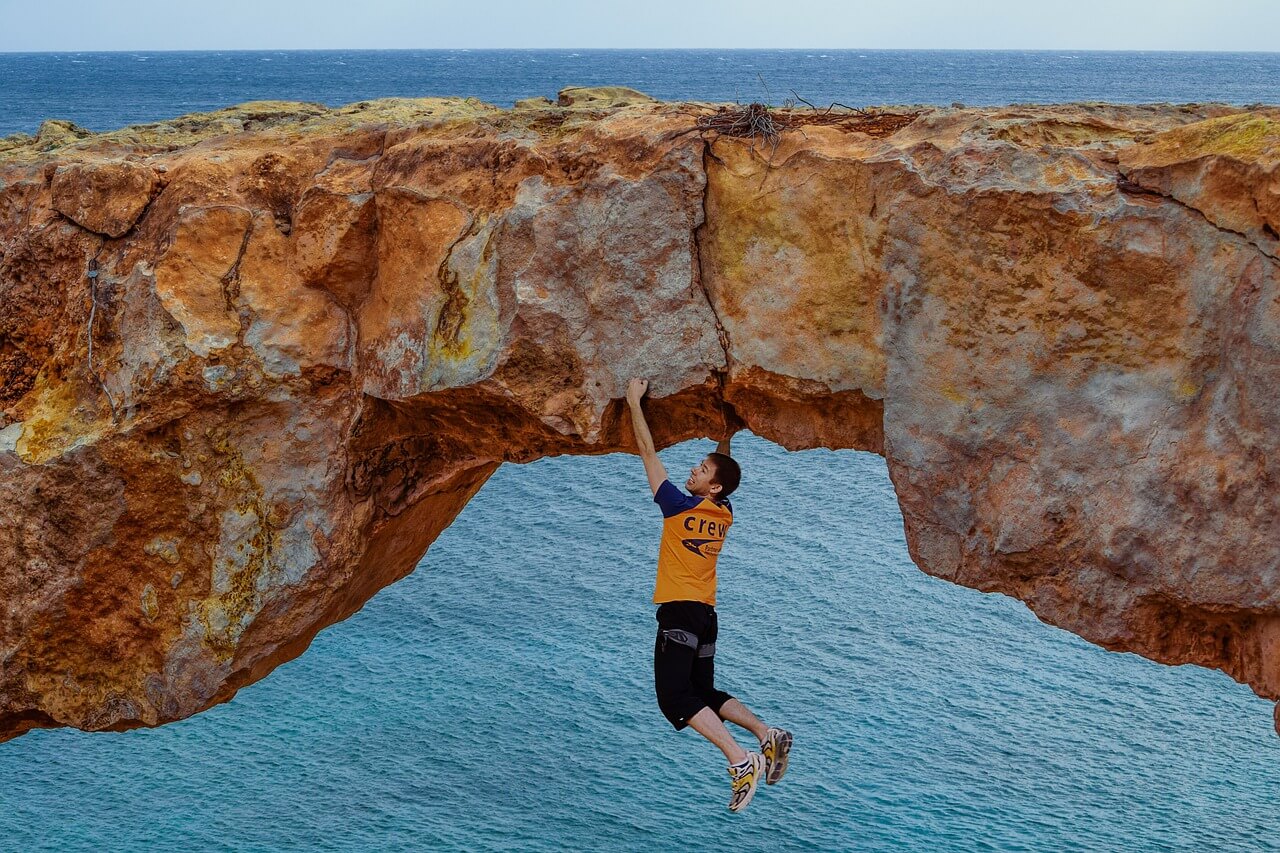Introduction
When it comes to scaling the heights, few pursuits captivate the human spirit like climbing. Imagine yourself suspended in mid-air, defying gravity’s pull, and conquering vertical challenges that push your limits. This article unravels the captivating world of free climbing vs free soloing, two daring approaches that embrace the thrill of ascending without the safety net of ropes. Join us as we delve into the realm of fearless climbers, their audacious journeys, and the exhilarating quest to defy gravity’s rules.
Summary
- Understanding Bouldering
- The Art of Free Soloing
- Comparing Risk and Reward
- Skills and Techniques
- The Climber’s Journey: Choosing a Path
- Conclusion
Understanding Free Climbing
Defining the Art of Ascension
Free climbing, a style that epitomizes the essence of human achievement, sets the stage for climbers to conquer natural formations using their prowess. Unlike other climbing styles, free climbing places a premium on skill and technique rather than relying on external aids. As climbers ascend, their connection with the rock becomes an intricate dance, a symphony of movement and muscle memory that propels them upward.

Mastering the Vertical Symphony
Free climbers embrace the use of protective gear, ensuring safety while retaining the challenge of the climb. This approach allows climbers to push their limits while mitigating risks. Each ascent becomes a test of physical prowess, mental acuity, and a keen understanding of the rock’s features. The thrill lies in the mastery of vertical movements, with climbers seamlessly transitioning from one hold to the next, a dance choreographed by the terrain itself.
The Art of Free Soloing
Embracing the Void
Free soloing, a daring cousin of free climbing, takes the pursuit of vertical adventure to new heights-literally. In this audacious style, climbers ascend without the safety net of ropes or protective gear. Every move becomes a calculated gamble, every hold a testament to the climber’s skill and mental fortitude. It’s a raw and unfiltered experience, a symbiotic bond between climber and rock that defies conventional wisdom.

The Psyche of a Soloist
Engaging in free soloing demands more than physical prowess; it requires a unique mindset. The soloist grapples with fear and courage, vulnerability and resilience. The psychological challenge is as intense as the physical one. Every ascent becomes a test of mental focus, pushing the boundaries of what the human mind can endure. It’s a ballet of bravery, an exploration of limits where the climber faces not only the rock but the depths of their own psyche.
Take a look at this article Bouldering Vs Rock Climbing: Scaling New Peaks!
Comparing Risk and Reward
Balancing on the Edge
As climbers contemplate the choice between free climbing and free soloing, the delicate balance between risk and reward looms large. Free climbing offers a blend of challenge and safety, with climbers navigating complex routes while secured by ropes and protective gear. The exhilaration of conquering heights remains, but with a safety net that allows for exploration without the constant shadow of danger.
Embracing the Void: The Soloist’s Dilemma
For free soloists, the scales tip towards the edge. The rewards are profound, a pure communion with the rock, an unfiltered connection with the climb. Yet, the stakes are undeniable. With every move, the void below beckons, a constant reminder of the high stakes involved. The climber is stripped to their core, facing the rock and themselves in a raw and unguarded state.

Skills and Techniques
Ascending the Vertical Dance
Both free climbing and free soloing demand a mastery of technique. In free climbing, climbers must navigate intricate sequences, finding the most efficient holds and body positions. Each move requires precision and strength, a delicate balance between power and finesse. Meanwhile, free soloists take technique to the extreme, every move a critical decision that can spell the difference between success and failure.
The Dance of Decision-Making
Free soloing elevates decision-making to an art form. Climbers must evaluate each hold, each movement, and each decision with utmost care. The climb becomes a symphony of choices, a calculated series of moves that weave together to create a breathtaking ascent. The soloist’s skill lies not only in physical execution but also in the ability to make split-second judgments that determine their fate.
The Climber’s Journey: Choosing a Path
Bound by Passion, Guided by Choices
The climber’s journey, whether they embrace free climbing or free soloing, is a deeply personal one. Motivations vary—some seek the thrill of pushing boundaries, while others yearn for a communion with nature untouched by ropes. Experience, skill, and comfort levels play pivotal roles in the climber’s decision. Ultimately, the choice of path is a testament to their passion and commitment to defying gravity’s rules.

Scaling Heights, Embracing Freedom
In the realm of vertical adventure, the path chosen—free climbing or free soloing—matters less than the journey itself. Both styles embody the indomitable spirit of human endeavor, the audacious pursuit of defying gravity’s rules. Whether ascending with protective gear or traversing the void unaided, climbers unite in their shared quest to embrace the heights, push their limits, and find solace in the dance with the rock.
Conclusion
The world of climbing is a testament to human courage, perseverance, and the desire to conquer the seemingly unconquerable. Free climbing vs free soloing stand as tributes to the human spirit’s audacity, its relentless pursuit of the extraordinary. Whether harnessed by ropes or bound only by skill and determination, climbers continue to ascend, reach for the heavens, and, in the process, rewrite the rules of gravity. So, fellow adventurers, which path will you choose in this gravity-defying journey? Comment below and share what stood out to you the most about all of this.



Pingback: How Tall Are Bouldering Walls? Scaling the Heights! - Extreme Sports
Pingback: Os benefícios da psicologia desportiva para a saúde mental dos atletas - Blog sobre Esportes